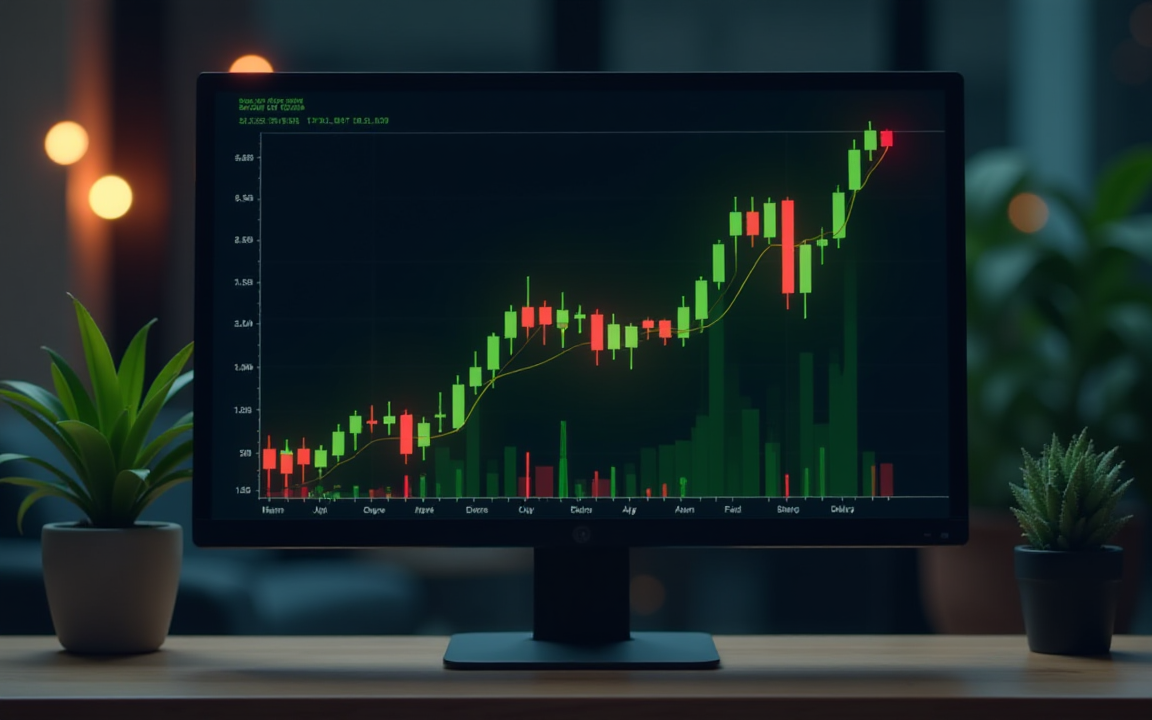European stock markets began Tuesday’s trading session with a mixed and tentative tone, with the regional Stoxx 600 index hovering just above the flatline.
Investors continue to grapple with persistent uncertainty surrounding US trade policy, even as some breathing room appears to have been granted for negotiations between the European Union and the White House.
Shortly after the opening bell, the pan-European Stoxx 600 index was up a marginal 0.05%, reflecting a lack of strong directional conviction.
This was mirrored in the performance of national bourses: Germany’s DAX was up 0.15%, while France’s CAC 40 and the UK’s FTSE 100 were both trading just above the flatline.
Sector performance was also mixed, with retail stocks among the worst performers, down 0.3%, while mining stocks managed to climb 0.5% higher.
This cautious but generally stable start follows a period of seesawing in global markets this week, as traders digest the latest trade tariff news and anticipate any potential trade deals ahead of a crucial July 9 deadline, when higher US trade duties are due to come into effect.
Asia-Pacific markets swung between gains and losses overnight as investors assessed President Donald Trump’s latest tariff threats on 14 trading partners.
The tariff equation: unpredictability and expert analysis
A great deal of uncertainty remains about the future of President Trump’s tariffs, particularly after 14 countries, mainly in Asia, were threatened with sharply higher rates starting from August 1.
For European markets, all eyes are on whether the EU can successfully negotiate a framework agreement for a deal with the White House in the coming days.
An EU diplomat, who wished to remain anonymous due to the sensitivity of the talks, told CNBC’s Silvia Amaro on Monday that the bloc is not expected to receive a letter from the US administration detailing a new timeline for higher rates on Tuesday.
This development is seen as providing more breathing room for negotiations this week.
The diplomat added that the framework agreement being discussed is likely to include a 10% baseline tariff rate for the EU, and may have specific exemptions for key goods such as aircraft and spirits.
Forecasting the final outcome amidst the current unpredictability is a significant challenge for economists.
Raphael Olsyzna-Marzys, an international economist at J. Safra Sarasin Sustainable Asset Management, told CNBC that he now expects the US to ultimately end up with an effective tariff rate closer to 20%, a notable increase from the current 15% and a massive jump from the 2.5% rate seen at the end of last year.
“What’s clear is that Trump wants to have tariffs of 10%, that was always the bare minimum … but what’s quite clear is at least on Asian countries such as Vietnam, the tariff rate is going to be quite high because the administration feels these countries have too high of a trade surplus, they need to be corrected,” Olsyzna-Marzys told CNBC’s ‘Squawk Box Europe’.
He further elaborated on the negotiation dynamics: “If you negotiate, if you give everything away, you might get 20%, which is still pretty high … We know for the EU it’s going to be 10% minimum, with carve-outs and exemptions.”
Adding to the sense of imminent developments, US Treasury Secretary Scott Bessent told CNBC’s “Squawk Box” on Monday that there would be several trade announcements over the next 48 hours.
“It’s going to be a busy couple of days,” he said, though he did not specify which countries were involved.
The post Europe markets open: cautious start with Stoxx 600 up 0.05% appeared first on Invezz

